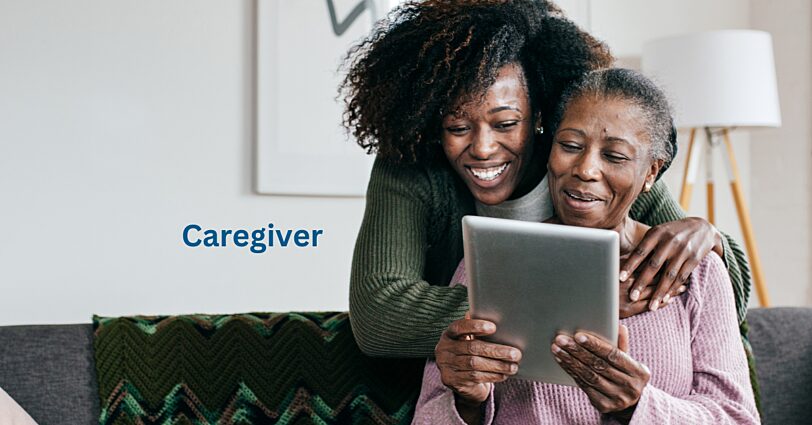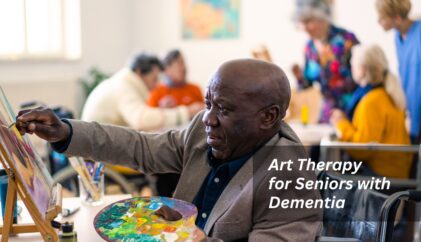
Many people don’t self-identify as a caregiver, but you are a caregiver if you routinely provide unpaid help to a friend or family member.
November is National Family Caregiver Month
Many people don’t self-identify as a caregiver, but you are a caregiver if you routinely provide unpaid help to a friend or family member.
According to the National Alliance for Caregiving, as of 2020, there were at least 53 million caregivers in the U.S., an increase of 10 million from 2015. Moving more health care into the home is the pacing trend. The numbers will surge as the U.S. healthcare system shifts to telehealth, in-home services, and ambulatory that rely on caregiver support (Applebaum, 2024).
It’s not surprising that we are seeing more anxiety, depression, and post-traumatic disorders among caregivers. Caregivers are also at risk for their own medical problems, such as poor immune systems, cardiovascular disease, sleep disturbances, and fatigue (Applebaum, 2024).
Dr. Allison Applebaum highlighted steps that you can take to provide family caregivers in your practice.
- Acknowledge caregivers as critical members of the healthcare team
- Consider each interaction with a family caregiver as an opportunity to screen for distress and unmet needs
- Remember that caregiver distress does not disappear when the patient’s health improves
- Normalize distress
- Clarify the current state of your patient’s illness and what patients and caregivers can expect
The Care Badge is a visual marker that individuals can download, supporting and reinforcing the skills associated with caring and helping to build national recognition of what it means to care. Getting a badge takes four minutes. Visit https://www.thecarebadge.com/.
Reference:
Applebaum, A. (2024). Introducing a New Paradigm for Supporting Family Caregivers. CAPC25
Virginia Lee, LCSW-R, ACHP-SW, M.S., PsyD Candidate at Walden. STEM Parents. Swim Across America.



